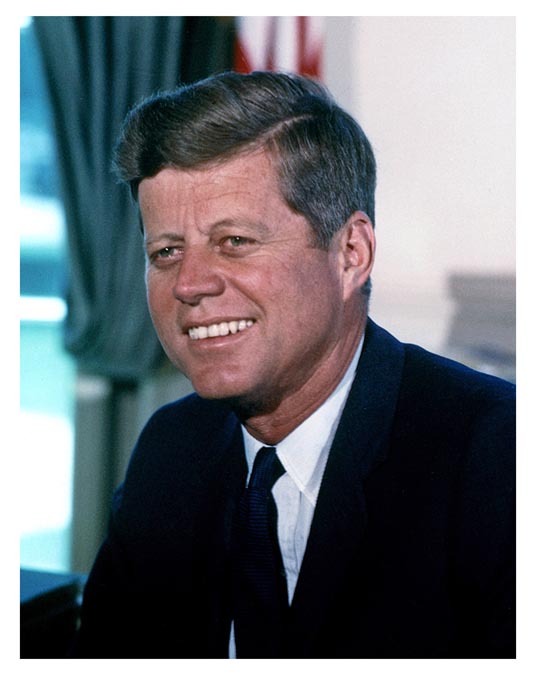
Having lived through the events of November 22, 1963, while watching the black and white television coverage, I thought I knew enough about the assassination of president John Fitzgerald Kennedy (JFK). But reading Bill O’Reilly’s book of 10 years ago, “Killing Kennedy”, reminded me of much I had not known or had not remembered.

I often have wondered if it had been pouring rain and the bubbletop was on the limousine if we would not have lost the brilliance of JFK.
It is Labor Day, 1963, and the president is interviewed by Walter Cronkite while the wind blows off the Atlantic Ocean and the sun is high in the Heavens. Neither man knows that Cronkite will appear on national television in 12 weeks to announce the death of the president November 22, 1963.
Both men are sailors, fascinated by the sea. A small sailboat moves silently across the water. The president has become a world leader. He combines discipline with a powerful work ethic, knowledge, guts and compassion. He has proven he is more than just good looks, having achievement with his father’s money. He has substance and vigor and intelligence. The interview goes well. Both men respect one another.
There was the time when actress Greta Garbo visited the White House and she and Jackie Kennedy, John’s wife, concocted a ruse to play on the president’s man Lem Billings, who has been telling everyone that he knows the actress. So when they are introduced and Lem goes on and on about their meeting, Greta pretends she has never met him. The president arrives for their dinner and Lem is then, the following day, made aware of the joke.
It was life in a day of Camelot. Solving the world’s problems. Two therapeutic nude swims. Celebrities at the table for a late-night dinner. A tour of the White House for Greta Garbo who is given a scrimshaw by the president. Thus was the reality of Camelot fueled by brilliance, intent, opportunity, and a deep love for the United State.
All this while, the president is thinking of the trip to Dallas.
A perfect motorcade route is devoid of high windows from which a sniper can fire, offers alternative routes in case something goes wrong, features wide streets that keeps crowds far back from the vehicles, and has few, if any, tight turns.
The Dallas motorcade route violates everyone of these principles.
John Kennedy knows by now that Jackie is his most valuable asset on the campaign trail so he is thrilled she is with him on this trip. Jackie is the talk of Texas and bringing her along was a smart political move. They both know winning Texas is crucial to winning re-election.
Crowds stand on the curb in front of the Texas School Book Depository. It will be three hours before the motorcade passes, however, spectators have come early to see the motorcade up close.
The motorcade leaves Love Field at 11:55 a.m. and the presidential limousine, the Secret Service code name of SS-100-X,is the second in line flanked on each side by four motorcycle escorts. There are Dallas police, Secret Service, the Dallas police chief, and special agents, Texas state police and more Secret Service carrying handguns and automatic weapons.
None of this obvious protection matters to the killer waiting on the sixth floor of the building.
It is 12:30 p.m..
In less time than it takes to draw one breath, the life of the president is ended.

